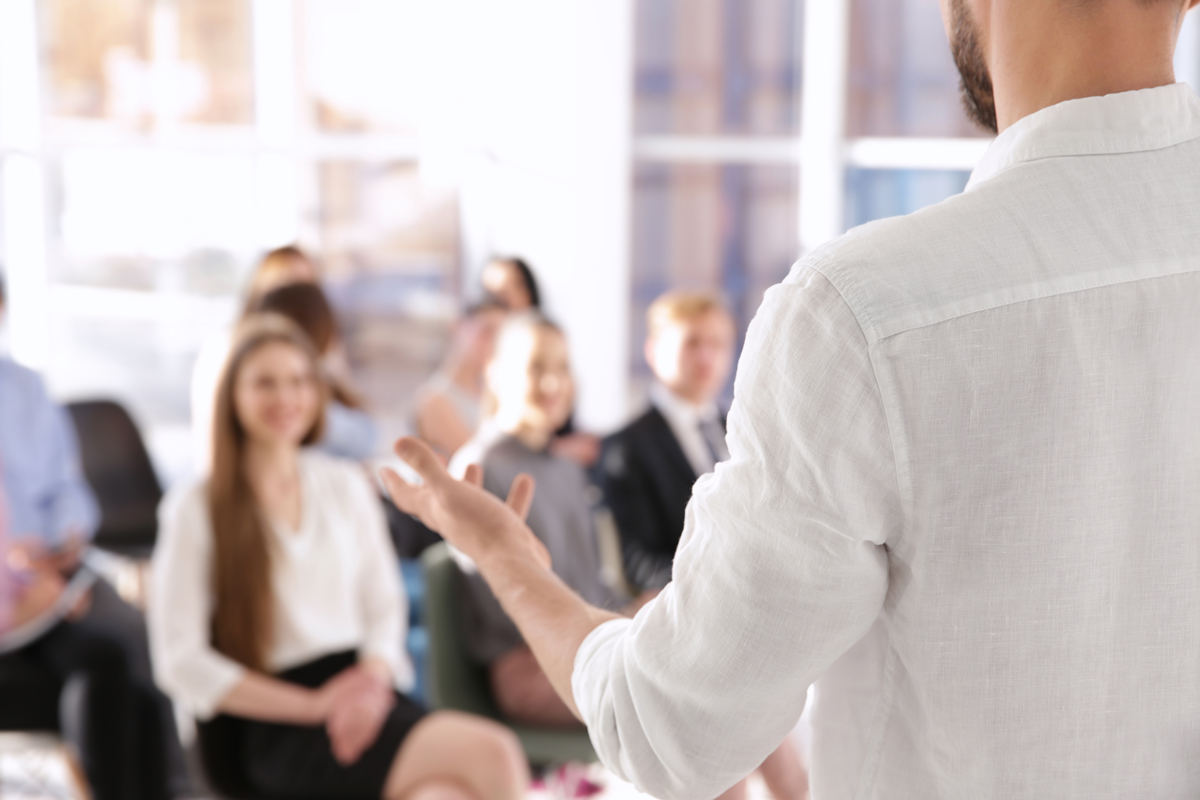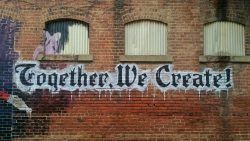Objective Level Questions Establish Facts


Success in establishing shared facts depends on asking the right number of focused yet open-ended questions appropriate to the situation. Objective answers are descriptive and literal, coming from what the participant perceives with their senses. These are a starting point to an effective conversation.
As you design questions, imagine the answers you might get from your group.
If participant answers are coming from their emotions, imagination or intellect, they are not objective level answers. You may have to tweak your questions to elicit more literal answers, or follow up an answer by asking for concrete examples of a vague or abstract answer. Sometimes a “gimmick” such as imagining what is recorded on a video is helpful.
Nodding to acknowledge the answer, then saying “Someone else…” is a good way to quickly get a range of perceptions out and shared with the group.
If there is disagreement on what is “fact” and what is not, get as many different perspectives out as possible to see the phenomenon from more than two sides. Ask each contributor for the source of their facts, and if possible to physically share the source.
Here is a range of possible objective questions for different situations: use these to help you design questions that are specific to your topic and aims.
Sample Objective Questions:
What objects did you see?
What words caught your attention in the document?
Describe what you saw in the room.
What background data do you know?
What statistics do we know about the situation?
What steps did we go through? First? Second? Next?
What were some of the points made by the speaker?
What questions of clarification do you have of the speaker?
What was the first thing you saw happening? Then what?
Imagine you were a video camera on the wall. What actions, sounds, words, phrases, objects, or scenes are recorded on your tape?
What specific acts or behaviours did you observe?
What was a headline that caught your attention (quote it as closely as possible)? What was the source of that headline and article?
What does the paper say are the key points of the policy? (Read the phrases out loud.)
These books will give you a deeper understanding and provide templates for conversations on a variety of topics.
The Art of Focused Conversation, by Brian Stanfield
The Art of Focused Conversation for Schools, by Jo Nelso





